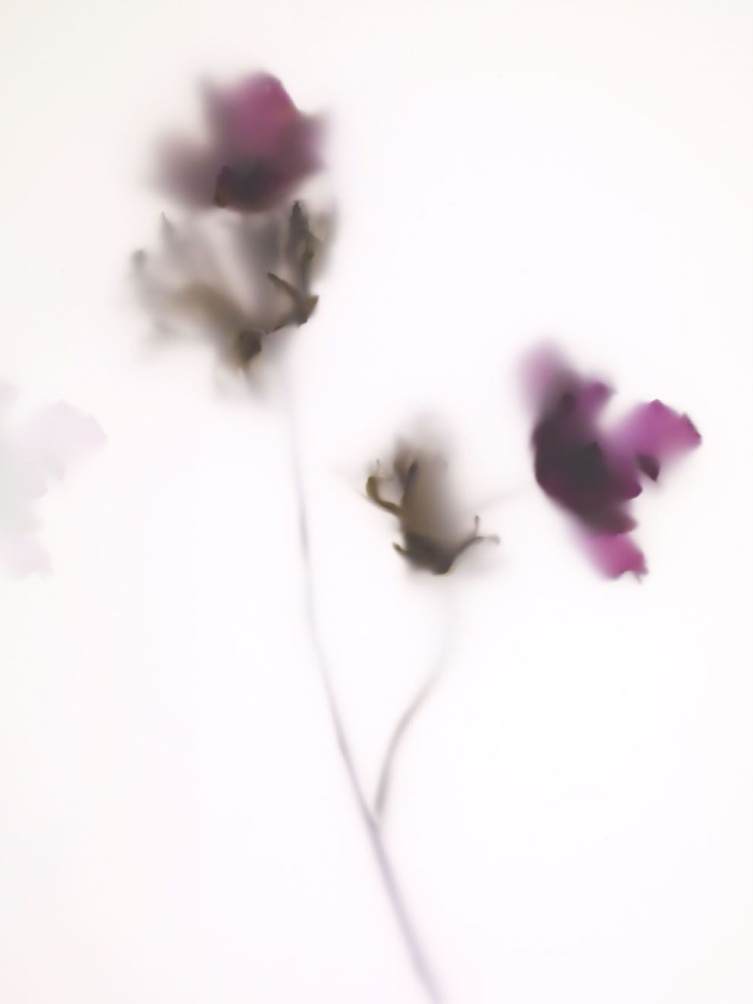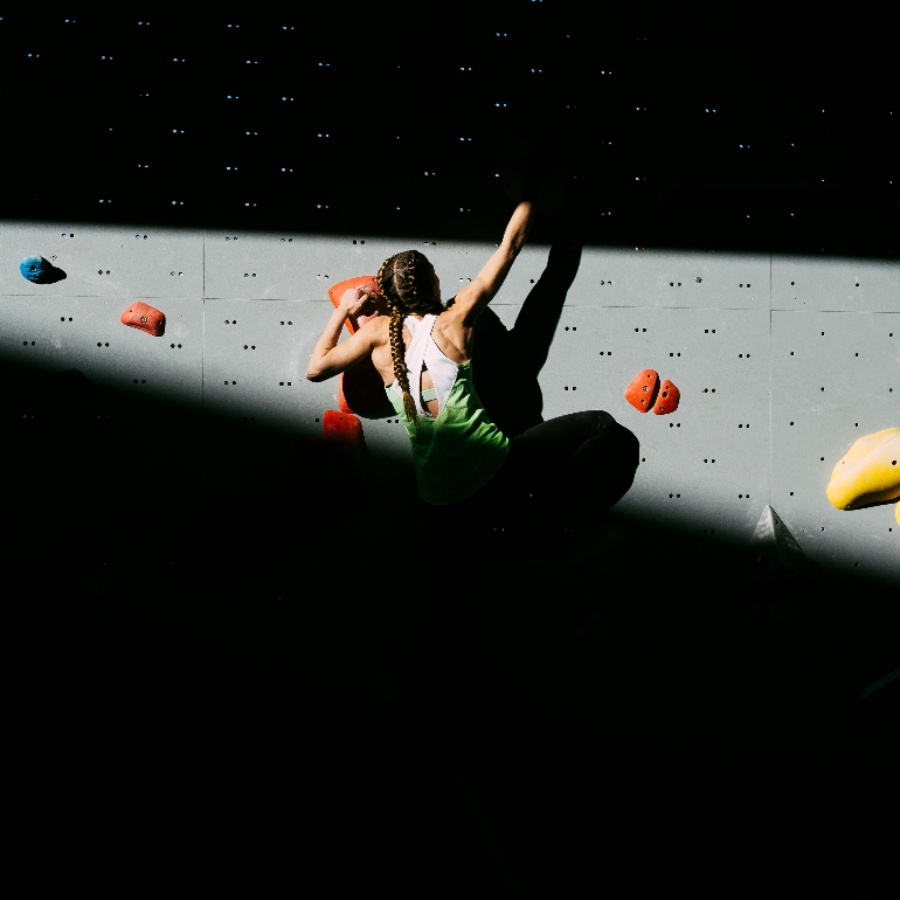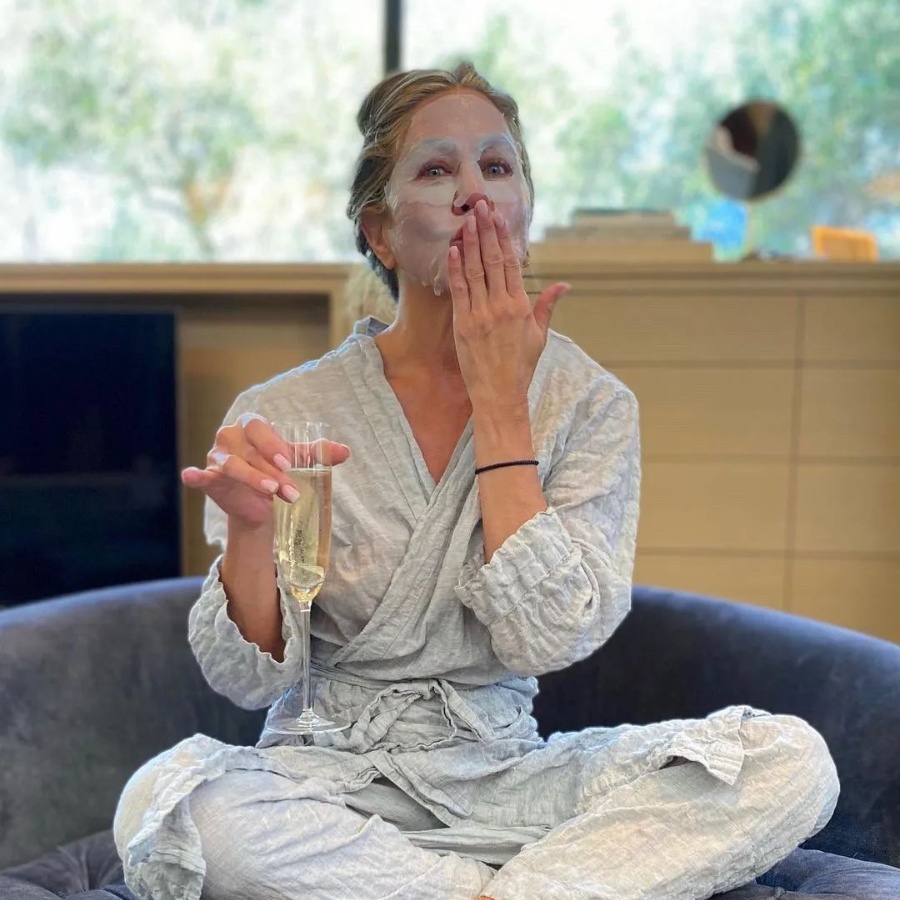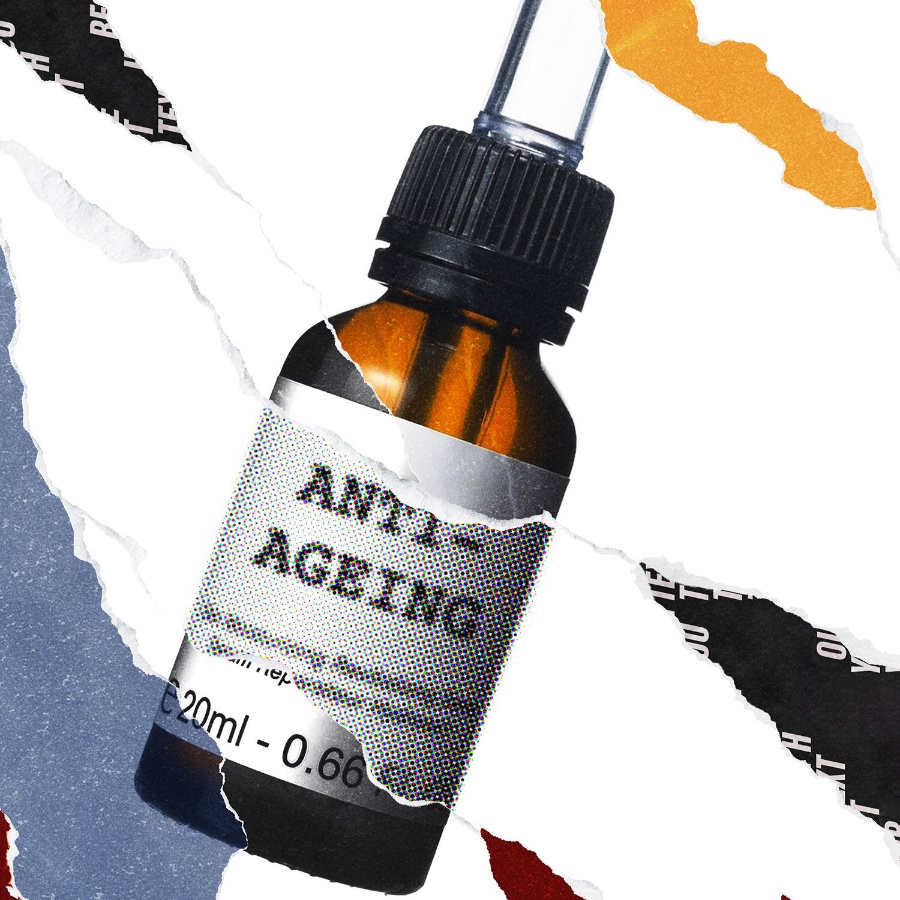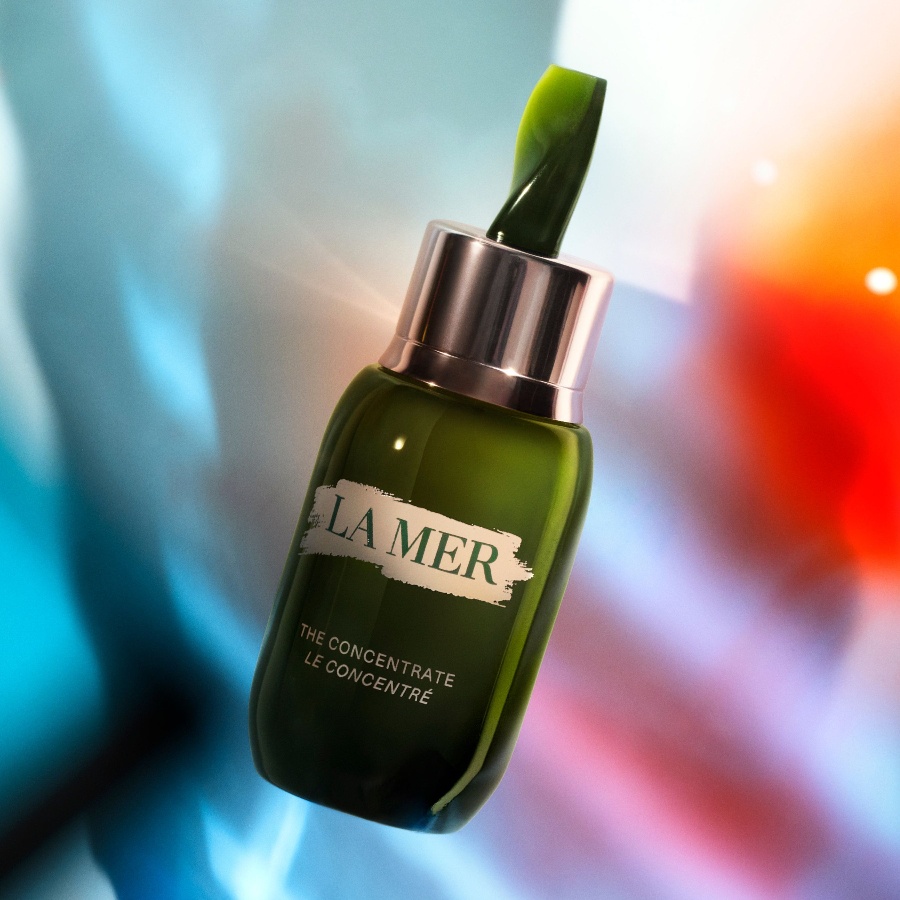In the opening scene of the Greta Lee-starrer, Past Lives, an observer looks at the three lead characters sitting at a bar and tries to imagine what they could be talking about. If Lee’s companions were all 40-something women, it would have been a lot easier to guess. At any brunch table or cocktail night where you see a group of women above a certain age, you can safely bet that the conversation at some point will swerve into the messy, chaotic trenches of perimenopause, specifically what people don’t tell you enough about. Like how you need a whole new skincare regimen for it.
But first, the basics. Perimenopause is a transitional phase that women face before menopause (when the human body is no longer able to reproduce). It can go on for years before the real thing hits, and it can come with a tidal wave of hormonal changes that affect mental and physical health. Considering the hold that hormones have over our bodies, especially women’s, perimenopause hasn’t been studied in great depth. It’s only in recent years that correlations have been drawn between menstruation and the changes it can bring about in the brain.
This entire phase is often compared to puberty—in some cases, even being called a second puberty. But in your first round of massive hormonal overhaul that is puberty, you’re possibly dealing with acne; in round two, with perimenopause, it could be Sahara-style dry skin. In fact, the most visible effect of perimenopause is on the skin.
Author and podcaster Shunali Khullar Shroff says, “During puberty, I didn’t have skin issues at all. But perimenopause changed it completely—my skin was five times drier.” She adds, “I love using skin oils. They’re great when I rub it on my skin, but I’d wake up next morning and it would be parched again,” shares Khullar Shroff, who after a lot of trial and error settled on the Clarins Double Serum.
“During perimenopause, women commonly experience a range of skin changes due to fluctuating hormones, and particularly the decline in oestrogen,” explains Mumbai-based dermatologist Dr Jaishree Sharad. The oestrogen drop leads to the skin producing less natural oils, less collagen, (leading to thinning and wrinkles), increased sensitivity, hyperpigmentation due to increased melanin production, and acne (because while oestrogen decreases, levels of androgens, like testosterone, may remain steady or increase).
Of course, not every woman has the same experience. Unlike Khullar Shroff, brand strategist and design entrepreneur Radhika Chopra, had very oily skin through puberty. And while perimenopause has made her skin drier, what was more concerning was the accompanying rosacea, that became quite severe at one point. “It’s also to do with stress. I’ve always been sensitive to heat and cold. And I’ve never really taken care of my skin, so the quality has become a bit dry and dull,” she says, adding that lifestyle plays a big role, too.
It’s important to note that the body is always in transition, as is the condition of your skin. The changes can be managed with a range of solutions, depending on your particular concerns, and there is no one-size-fits-all management plan. This is about you being clear about what bothers you and what doesn’t. “Some of the other changes in your skin during perimenopause include easy bruising, facial hair, and hair loss. All the changes may not be seen in all women, but some combination of signs are common,” adds Dr Sharad. She does recommend using sunscreen, “A water-based fluid sunscreen with an SPF of 50+ would be ideal. Moisturising the skin is another key step. You may use a hyaluronic acid serum along with a ceramide-based moisturiser to lock it in. If you have age spots or pigmentation, add a vitamin C serum and creams containing kojic acid, tranexamic acid, and niacinamide. For those with adult acne, salicylic acid and retinol are good options. For those with dilated pores, fine lines, wrinkles, and loss of elasticity, copper peptides, resveratrol, and retinol are preferable.”
The effects of weather and lifestyle, too, cannot be undermined. “The weather and the pollution in Mumbai has definitely triggered all of this,” says Chopra. “Hormones, stress levels in the city, pollutants in food or air, things we hear, light pollution, sound pollution—I think all of it affects us.”
In all honesty, noone can really be prepared. “Perimenopause can go on for years,” says Khullar Shroff. “Mine started during lockdown, and at that time, of course, I had no help at hand. The dryness didn't affect me much, but then came pigmentation and patchy skin. The fat from under your eyes disappears, and there is no buffer between your veins and your skin, so your dark circles get enhanced. And I was someone who, through most of my 30s, barely used make-up.”
There are ways to manage—all dependent on your comfort level and acceptance. When self-acceptance is challenging, tune into your communities—ask your friends for that brunch or cocktail night. “Friends going through the same phase or having the same issues helps because you can talk about it,” says Chopra. “Just like most situations, like when you were in puberty, it’s an age thing and it will pass.”
